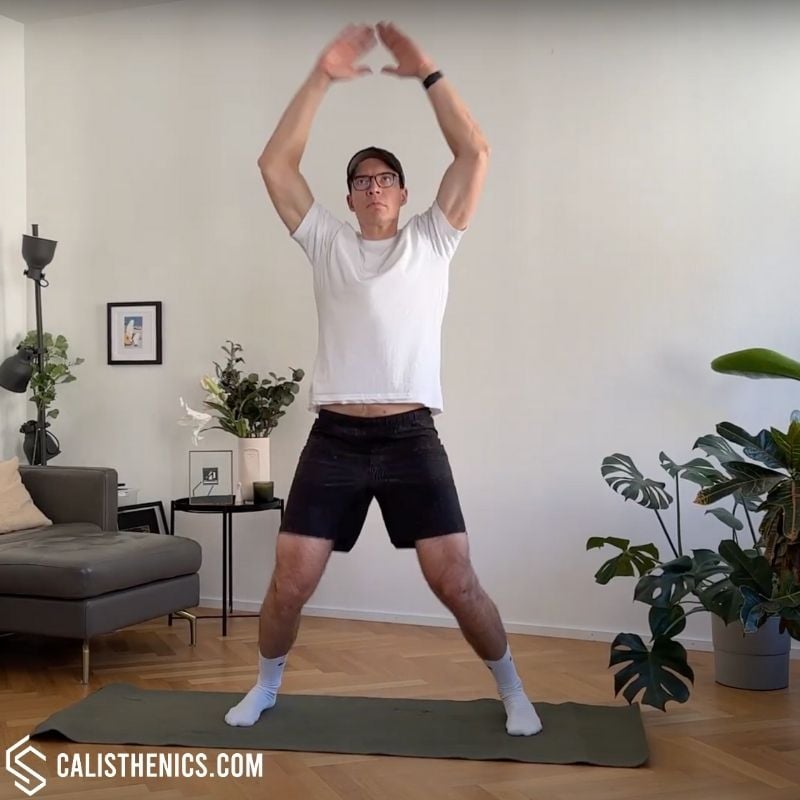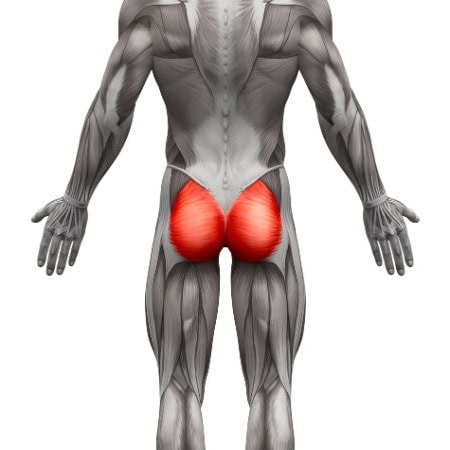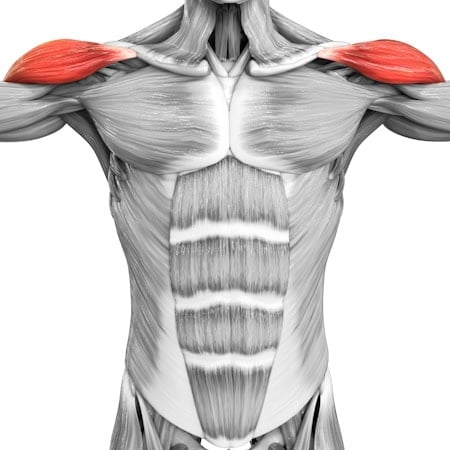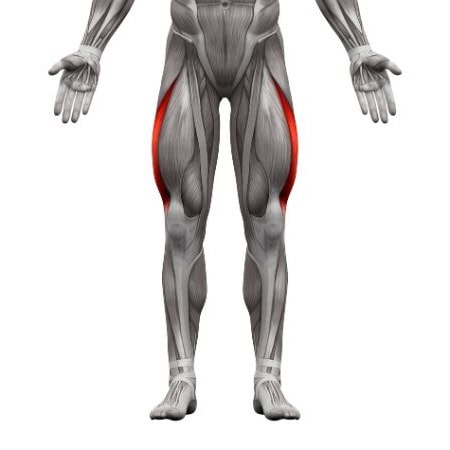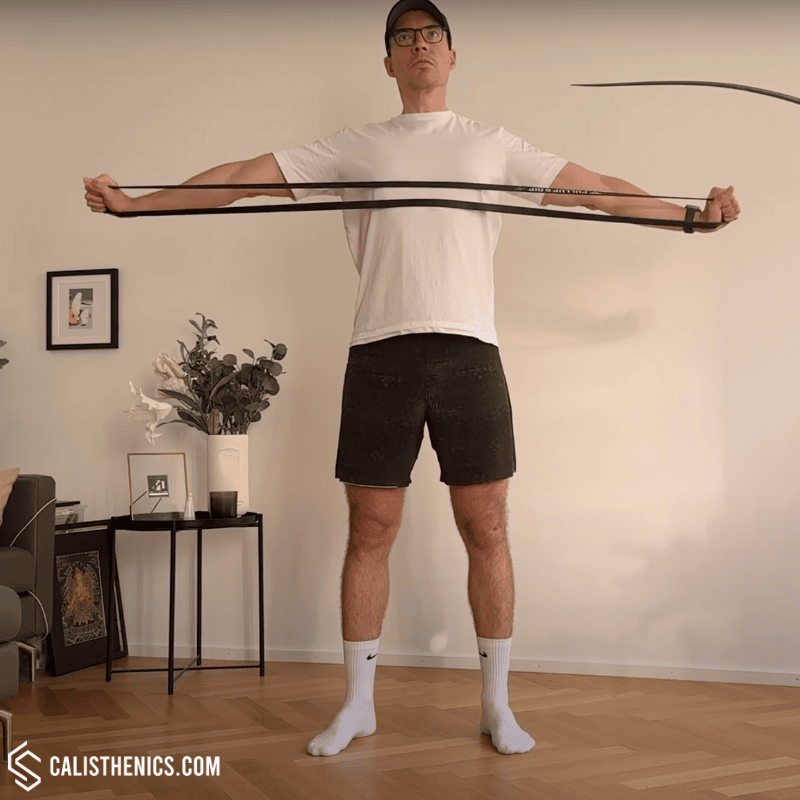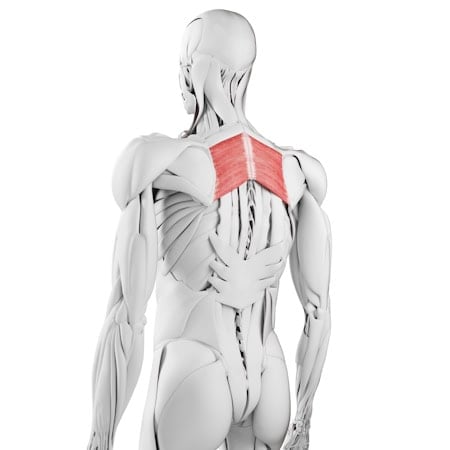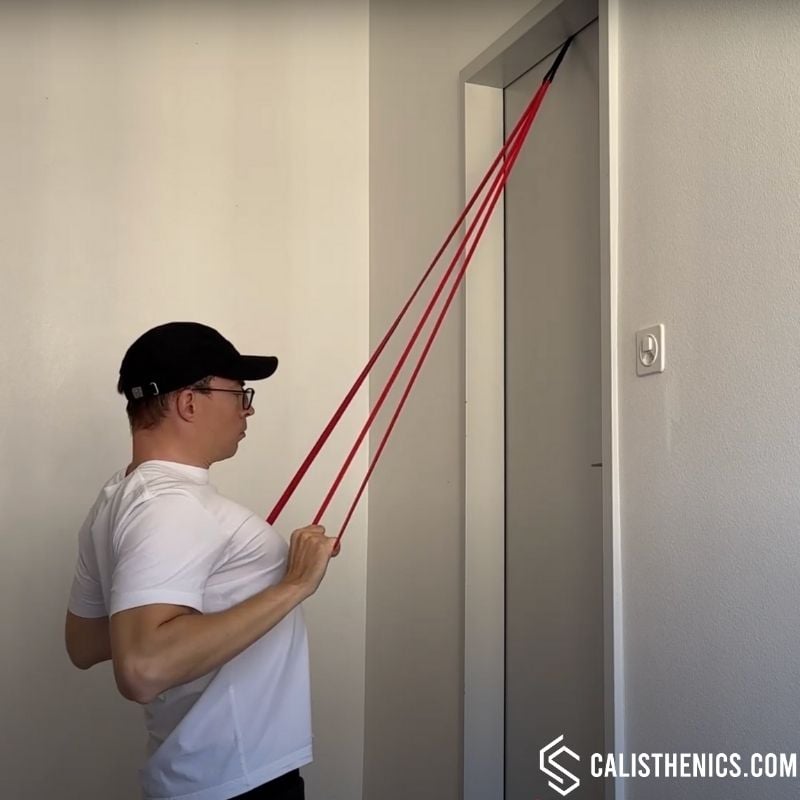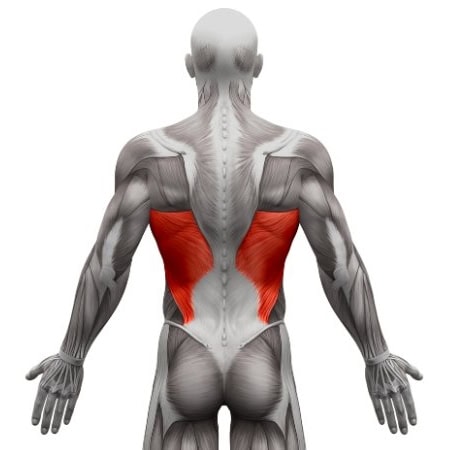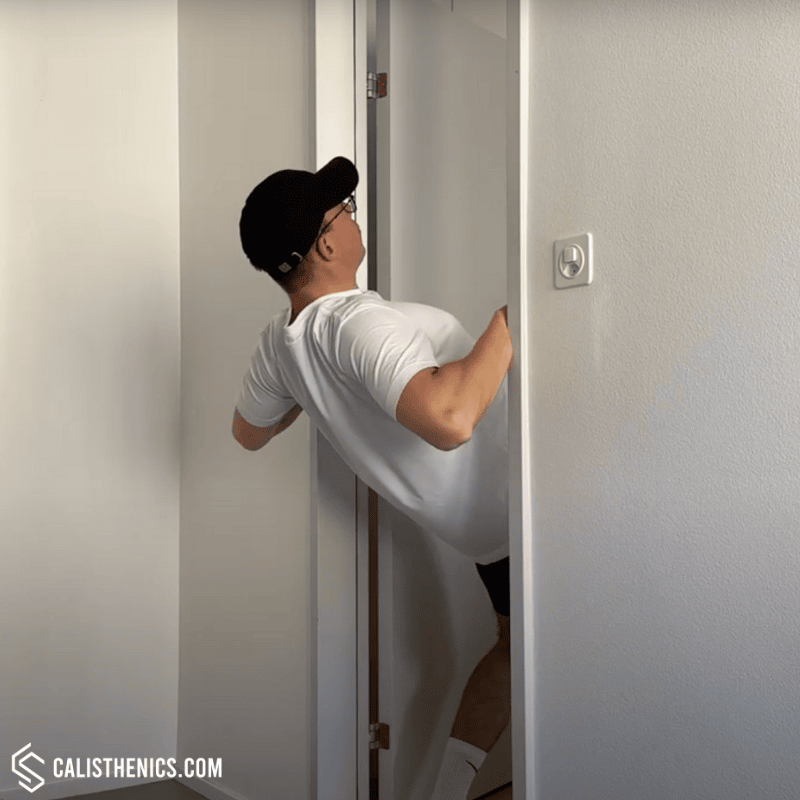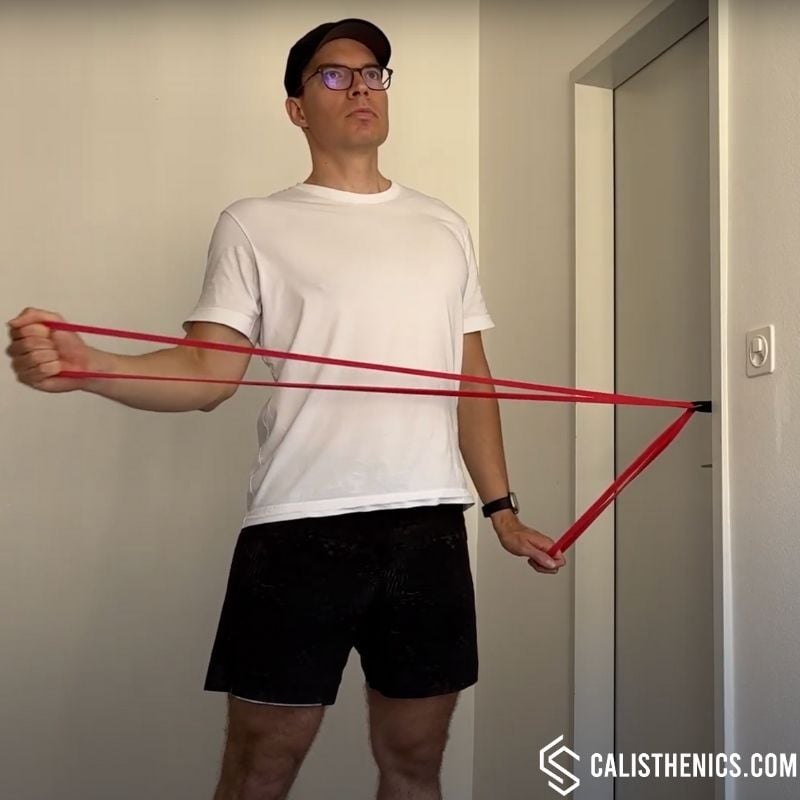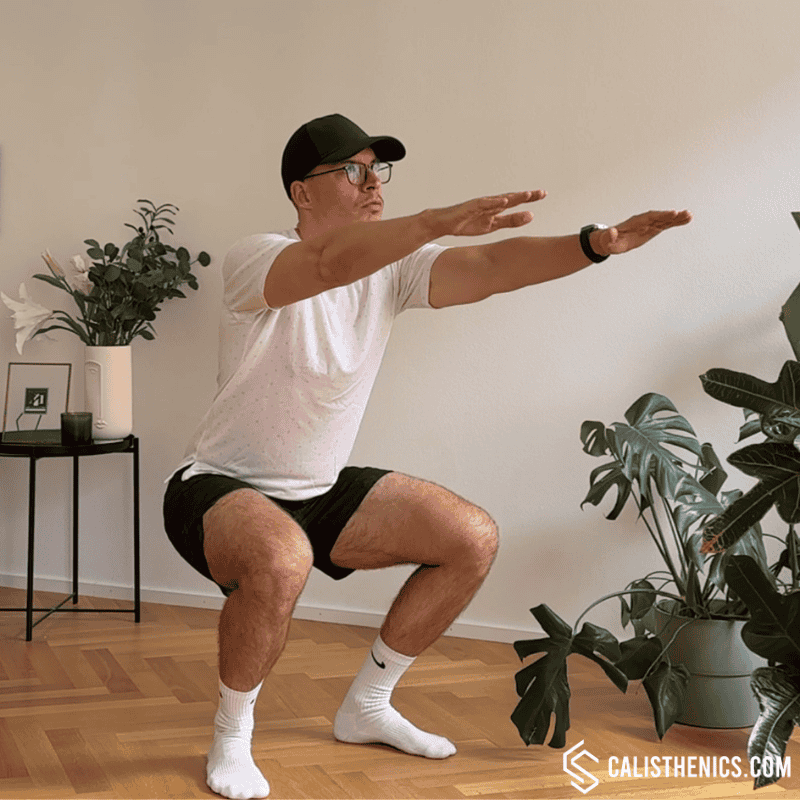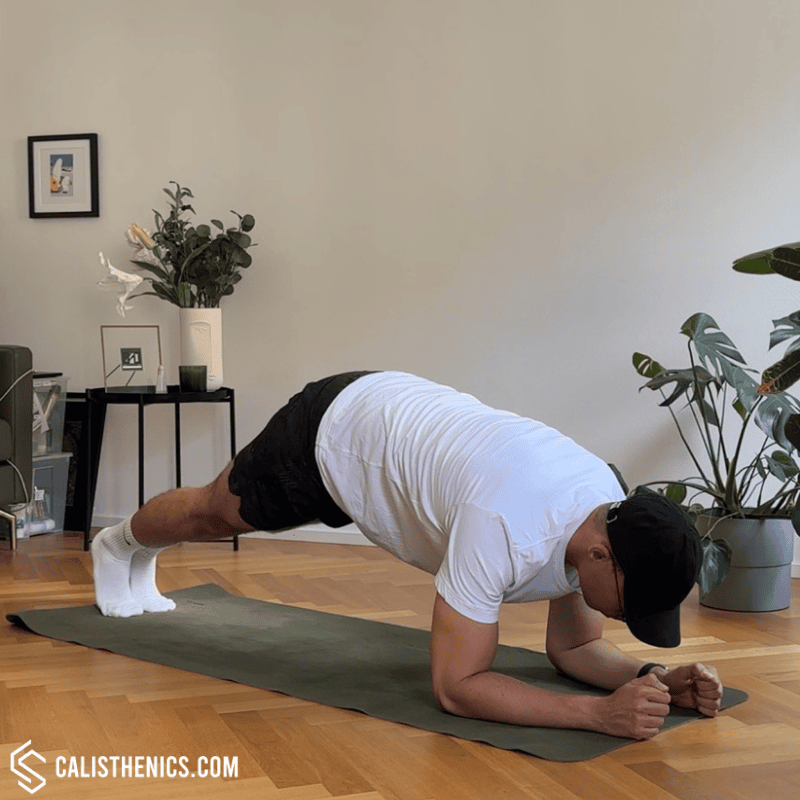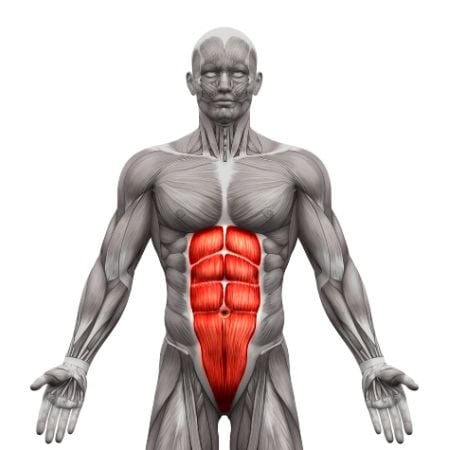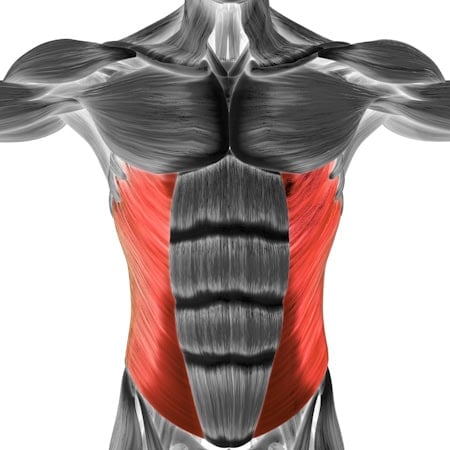Pull 2: Home Back Workout with Resistance Band Only
🎯 Workout Description:
This session introduces slightly more challenging pulling exercises using resistance bands or a doorway. We’ll reinforce both horizontal and vertical pull patterns and add more targeted scapular control. Expect supersets that blend band resistance and bodyweight pulls, followed by a focused shoulder stability accessory drill.
You’ll finish with a HIIT round that activates your full body while targeting core endurance and posture control—both crucial for clean, controlled pull-ups later in the program.
👤 Who It’s For:
Beginners who have a resistance band or access to a doorway setup. Suitable for anyone building up to their first pull-up.
🧰 Equipment Needed:
Resistance band + door anchor (or towel), doorframe
Resistance Bands
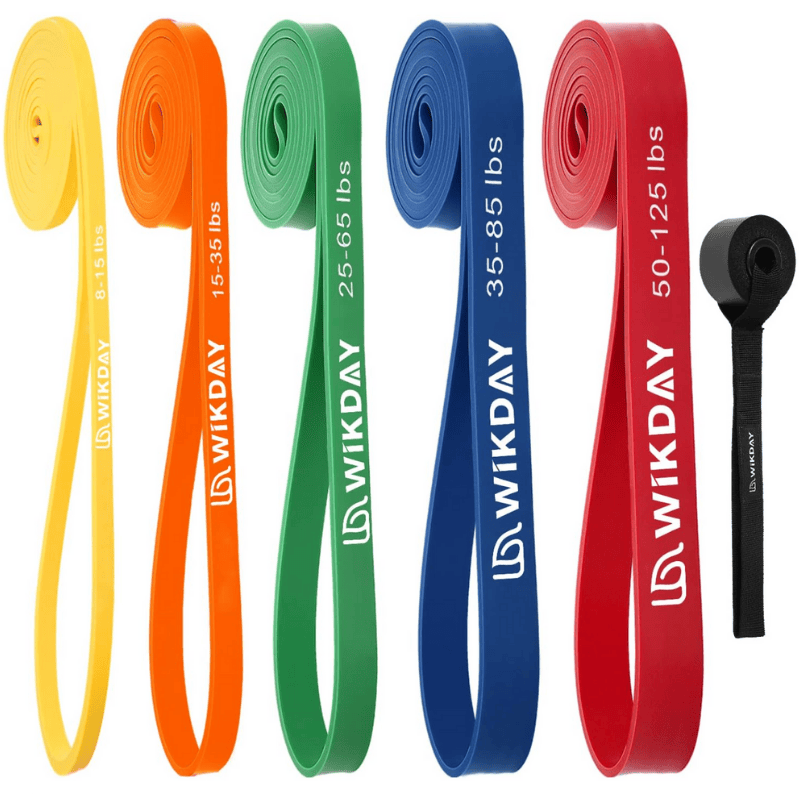
*alternative buying options:
👉 GORNATION (UK&Europe) 🇪🇺 🇬🇧 use code CS10 for 10% off
- High quality natural latex
- Multiple sizes: great for beginners and advanced
- Inlcudes a door anchor for standalone exercises
Warm-Up
Goal: Warm up the posterior shoulder, upper back, and get blood flowing.
Format: Circuit – 2 rounds, no rest between exercises or rounds
•30 sec Jumping Jacks
•15x Resistance Band Pull-Aparts
•12x Seated Resistance Band Face Pulls
These movements target posture, scapular engagement, and rotator cuff activation—all key areas for safe and effective pull-up training.

No muscle groups found for this post.
Tips
-
Move slowly and deliberately to avoid sudden movements.
-
Keep circles smooth and controlled—avoid jerky motions.
-
Breathe steadily and deeply to maximize relaxation and blood flow.
-
Gradually increase the range of motion as your joints warm up.
-
Perform each movement for 15-20 seconds, or until joints feel loosened.
-
Customize your routine slightly based on the specific demands of your workout.

Muscle groups:
Tips
-
Keep your movements light and bouncy, not stiff or stompy.
-
Maintain a steady breathing rhythm, especially in longer sets.
-
Engage your core to support posture and absorb shock.
-
Land on the balls of your feet and roll through the foot gently to protect your knees.
-
Scale the speed based on your fitness goal—slower for warm-up, faster for conditioning.
-
Stay relaxed in the shoulders and arms, avoiding unnecessary tension.
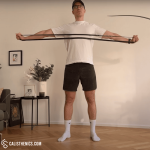
Tips
-
Squeeze Your Shoulder Blades: Focus on squeezing your shoulder blades together as you pull the band apart. This ensures that you engage the muscles of your upper back effectively.
-
Keep Arms Straight but Not Locked: Maintain straight arms during the movement, but avoid locking your elbows to protect your joints and maximize muscle engagement.
-
Core Engagement: Keep your core tight to prevent arching your back as you pull the band apart. A stable core helps maintain proper posture and prevents compensations.
-
Controlled Movement: Perform the movement slowly and with control, both when pulling the band apart and when returning to the starting position. Avoid jerking or using momentum.
-
Breathing: Exhale as you pull the band apart and inhale as you return to the starting position. Proper breathing helps maintain focus and control.
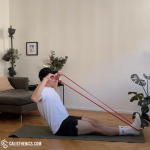
Tips
-
Keep the Elbows High: Lead with your elbows, keeping them in line with your shoulders as you pull to maximize engagement of the rear deltoids.
-
Engage the Core: Keep your core tight to stabilize your torso and maintain an upright posture, avoiding any rocking or leaning.
-
Focus on Shoulder Rotation: Rotate your shoulders externally as you pull, ensuring your hands are level with your ears at the peak of the movement.
-
Avoid Shrugging the Shoulders: Keep your shoulders down and away from your ears to avoid upper trap overactivation.
-
Controlled Movement: Perform the exercise slowly and with control to fully activate the target muscles and avoid using momentum.
Strength
Goal: Continue building strength with light resistance pulling exercises that simulate pull-up motions.
Structure:
•Superset A (3 rounds): Perform A1 + A2, rest 60–90 sec
•Set B (2 sets): Perform alone, rest 45 sec
🟦 Superset A:
•A1: Resistance Band Pull-Downs – 12 reps
•A2: Doorway Rows (or Seated Band Rows if no doorframe) – 12 reps
→ Rest 60–90 sec after each superset
🟩 Set B:
•Resistance Band Rotator Cuff External Rotations – 10 reps each arm
→ Rest 45 sec between sets
Pull-downs mimic the vertical pulling pattern of a pull-up, while rows reinforce horizontal pulling strength. Finish with external rotations to keep the shoulder joint healthy and strong.
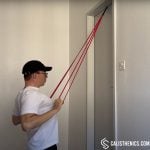
Muscle group:
Tips
-
Keep your core tight to prevent excessive body movement.
-
Focus on driving the elbows down and back, not just pulling with your hands.
-
Try different grip variations (neutral, supinated, pronated) for varied muscle activation.
-
Use a thicker band for more resistance or double up bands for progressive overload.
-
Maintain slow eccentric control to build strength effectively.
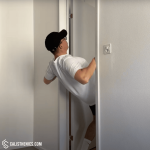
Tips
-
Core Engagement: Keep your core tight to support your spine and prevent any sagging or arching during the movement.
-
Squeeze Your Shoulder Blades: Focus on squeezing your shoulder blades together as you pull yourself toward the door frame. This helps target the upper back muscles more effectively.
-
Elbow Positioning: Keep your elbows close to your body during the rowing movement to avoid placing unnecessary strain on your shoulders.
-
Grip Strength: Ensure you have a firm grip on the door frame for stability. Use both hands evenly to maintain balance throughout the movement.
-
Breathing: Inhale as you extend your arms and lean back, and exhale as you pull your body toward the door frame. Proper breathing helps maintain control and power during the exercise.
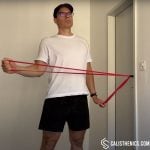
Muscle group:
Tips
-
Keep your wrist neutral throughout the movement to prevent strain.
-
Use a light resistance band to prioritize control and full range of motion.
-
Place a rolled-up towel under your elbow to improve muscle activation and prevent compensation.
-
Focus on high reps (12-20) with slow, controlled movement rather than heavy resistance.
-
Maintain even tension in the band throughout the motion to avoid jerky movements.
HIIT Finisher
Goal: Improve trunk stability and muscular endurance under light cardio fatigue.
Format: 4 rounds – 45 sec work / 15 sec rest
→ Alternate between:
•Bodyweight Squats (45 sec)
•Elbow Plank Hold (45 sec)
→ Repeat 4x = 10 minutes total
Stay tight in the plank and go for continuous squats at a moderate tempo. You should be breathing hard but able to maintain good form.
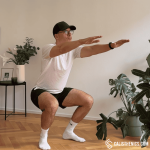
Tips
-
Keep Arms Extended: Maintain straight, extended arms throughout the entire movement. This helps to stabilize your upper body and keep your torso upright.
-
Chest Up, Back Straight: Focus on keeping your chest lifted and your back flat as you squat. Avoid rounding your lower back, which can put strain on your spine.
-
Knee Alignment: Ensure that your knees track over your toes and do not collapse inward. Proper knee alignment protects your joints and promotes better muscle engagement.
-
Weight on Heels: Keep your weight on your midfoot and heels, not your toes. You should be able to wiggle your toes slightly as you lower into the squat.
-
Breathe Correctly: Inhale as you lower into the squat and exhale as you push back up. Proper breathing will help you maintain core stability and rhythm.

Tips
-
Straight Body Line: Ensure your body forms a straight line from your head to your heels. Avoid raising or lowering your hips too much, as this can compromise form.
-
Core Engagement: Keep your core muscles tight throughout the entire exercise. This helps stabilize your spine and prevents your hips from sagging or arching.
-
Elbow Positioning: Your elbows should be directly under your shoulders, creating a strong base of support. This will also help engage your shoulders and reduce strain.
-
Steady Breathing: Focus on controlled, deep breaths. Inhale through your nose and exhale through your mouth, which helps stabilize your core and manage endurance.
-
Avoid Tension in the Neck: Keep your neck neutral by looking down at the floor to prevent any tension or strain in the neck.


